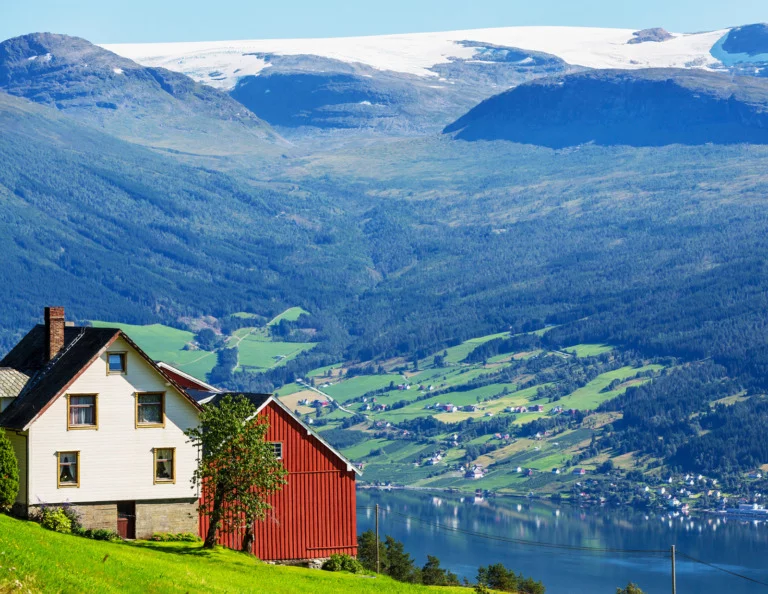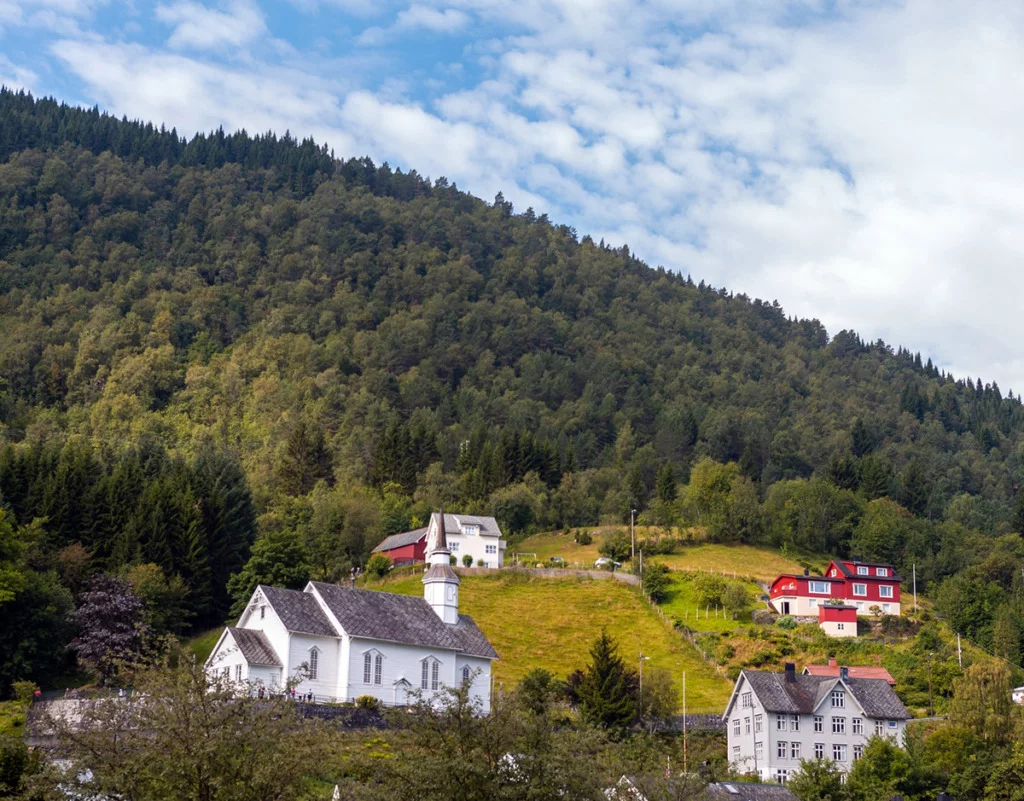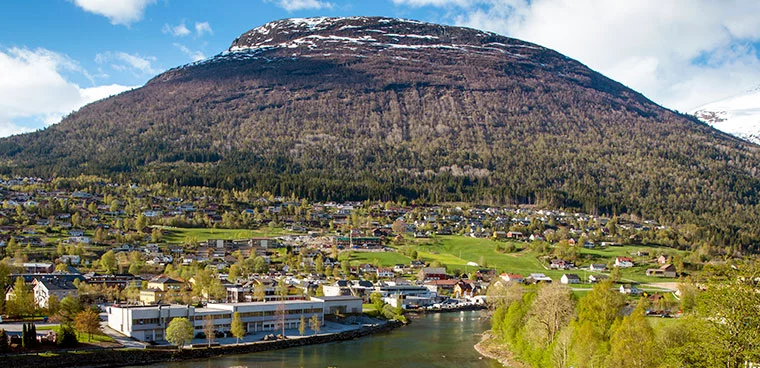NRK recently claimed immigration has saved the population of rural Norwegian villages. But one MP claims the findings are oversimplified and misleading.
More immigrants than before are choosing to live in more rural locations than cities. In some cases, immigration has sustained some of Norway's smallest communities, according to a recent NRK report.

But a politician from Norway's populist Progress party (FrP) claims the report was unbalanced. He claims NRK ignored his input that immigrants have also left rural municipalities in big numbers.
Of course, this brings into focus the problem with many Norway stats. You can slice them one way or the other depending on the point you're trying to make! Here is the story of immigration in Norwegian villages, from both sides of the argument.
Rural Norwegian villages
Statistics Norway divides Norwegian municipalities into six categories according to how rural they are. 209 Norwegian municipalities are defined as quite rural or very rural, known in Norwegian as “the districts” or “district municipalities.”
Read more: Population Decline in Northern Norway
Municipalities falling into the very rural category include Vang, Berlevåg, Luster, Bykle, Stor-Elvdal and Bindal. Quite rural municipalities include Bardu, Karasjok, Sogndal, Drangedal and Rollag.

They have various factors in common, including a small labour market, a long distance to services and a small population. In these municipalities, the proportion of immigrants has grown to 10 per cent since the 2000s.
Back in 2004, the eastward expansion of the EU/EEA triggered increased labour immigration to Norway.
The Polish population of Vang
Vang is a rural municipality in the Valdres valley in the very heart of Norway, immediately south of Jotunheimen National Park. In recent years, municipality leaders have worked to attract new residents.
Almost 20% of Vang's residents are either an immigrant or a child of immigrants. Without immigration, Vang's population would have sunk to 1,300 instead of today's 1,600.
People holding Polish citizenship are the largest group of immigrants in the village, but many with a refugee background have also settled.

The NRK story profiles a Polish couple who met in Vang and chose to stay to raise their family. They were given a plot of land by the municipality on which they built a house. In return, Vang now has a carpenter, a kindergarten employee and two students.
According to NRK, more municipalities want to attract immigrants and refugees. With refugees comes government support, which can help to create jobs that sustain populations in the small villages.
However, even though more Norwegian municipalities want more refugees, the number of refugees in Norway has decreased in recent years. Both Europe and Norway are accepting fewer refugees.
Together with a drop in economic migrants, this can have serious consequences for Norway's smaller, rural municipalities.
The immigration peak is over
The global health crisis has caused a sudden halt in economic migration to Norway. But this follows a few years of a downward trend. There is still a net migration to Norway, but this figure is expected to decrease drastically over time.

According to Statistics Norway, the net migration figure for 2019 was 25,321. That means 25,321 more people moved to Norway than moved away. By 2040, Statistics Norway estimates this figure will have halved.
According to NRK, the fact that fewer people are moving to Norway to work is related to economic growth elsewhere in Europe.
Retaining services in rural communities
Distriktssenteret's Marit Lofnes Mellingen believes immigration is critical for smaller communities. She highlighted that immigration can help to retain important services such as schools, kindergartens, health centres and leisure facilities.
Read more: Entrepreneurship in Rural Norway
Birth rates are low in Norway, and if immigration also declines, many municipalities will struggle to keep such facilities, which will lead to even more people moving away.
Disagreement over the report's findings
In an opinion piece published by Nettavisen, FrP's Jon Helgheim claims the NRK report is unbalanced and they have ignored important statistics to present a positive perspective on immigration. Helgheim represents Buskerud in the Norwegian parliament.

He criticised NRK for spending three weeks on a collaboration with local newspapers when it took him just 45 minutes to find statistics that presented an alternative viewpoint.
“There is little doubt that NRK's intention was to create the impression that immigration should be increased to save the villages,” he said.
“If NRK had taken the trouble to check what Statistics Norway's statistics in the area actually say, they would have seen that most of those who move from the municipalities are immigrants, not Norwegian citizens, as NRK presented,” he continued.
Helgheim said that in Vang, for example, all but two of the 389 people who moved out of the municipality between 2015 and 2019 had an immigrant background.
Among other statistics, Helgheim also highlighted the domestic migration figures, meaning movement within Norway. He said among people with an immigrant background, there was a net domestic migration to urban areas of 10,253 people, compared to just 626 people with a non-immigrant background.
Helgheim wrapped up by saying that far from a tool for constructive debate, NRK's story provided “confusion and distortion.”
You can both read both pieces on NRK and Nettavisen to decide for yourself!

